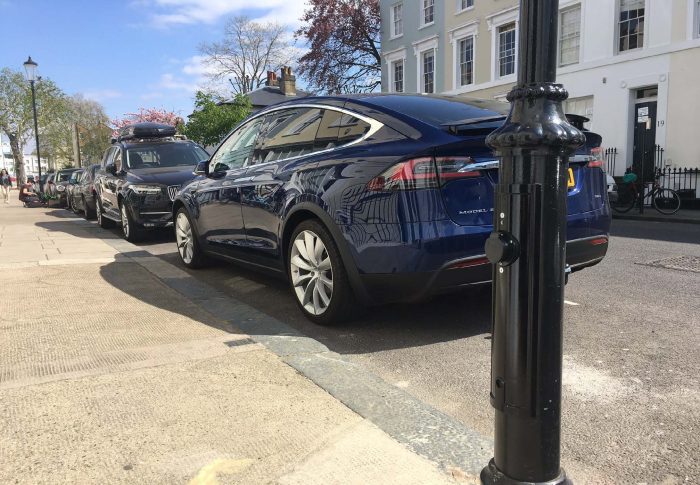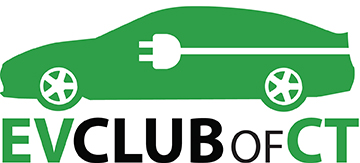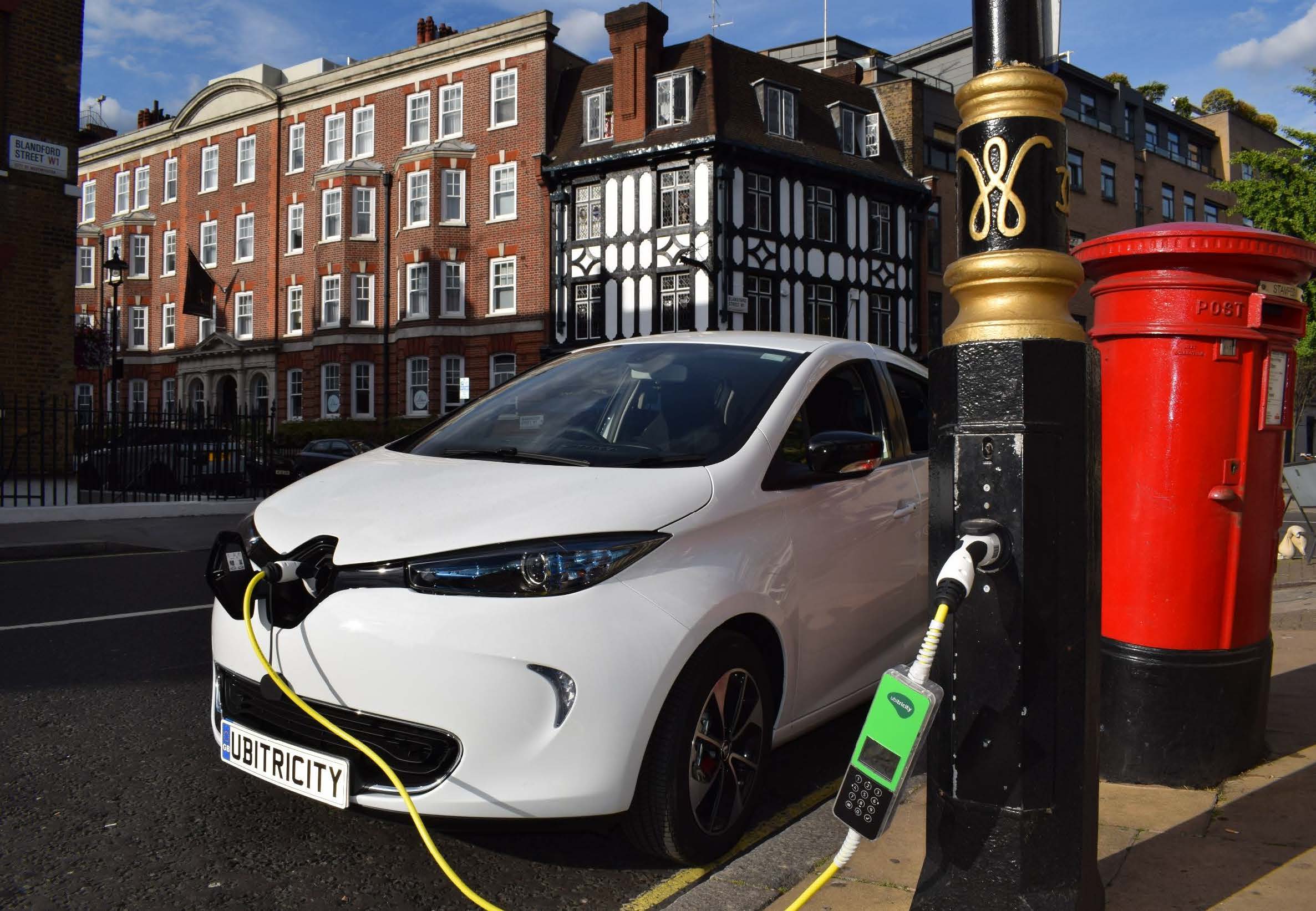Post by Barry Kresch
Lamppost Charging Promises Convenient and Affordable Level 2 Charging Solution
There is a street in London that was dubbed “Electric Avenue” after 24 lamppost chargers were installed on Sutherland Avenue in 2020 using equipment by Siemens and Ubitricity (for ubiquitous electricity). In its press releases, Ubitricity claims to have installed over 8000 street lamp and bollard chargers since 2018.
Lamppost chargers have some real benefits. In urban areas, retrofitting streetlamps can solve for space constraints without interfering with pedestrians. They can also remove the dangerous temptation for residents to run extension cords from their home and over the sidewalk, which has been known to happen. They are easy to install and may take as little as one hour and cost a fraction of what a standalone charger might cost. Retrofitting a lamppost takes advantage of existing electrical infrastructure, so it is an easier lift for the utilities as well. Also, as cities switch out older, inefficient streetlamp bulbs for LEDs, it leaves more available power that can be used for charging or other applications.
ChargedEVs reports that the carbon footprint of manufacturing and installing a lamppost charger may be up to 88% lower than that of a standalone charging pillar.
The photo at the top of the post and the two below are photos from Ubitricity of EVs plugged into lamppost chargers in London.


Connecticut Pilot Project With Voltpost
The Public Utilities Regulatory Authority (PURA) has approved a pilot project to install lamppost chargers in Connecticut. An American company, Voltpost, based in New York and San Francisco, is the selected vendor. They have several projects underway, including in New York and Massachusetts.
There has been some reporting in the local press that the project is for 50 level 2 (240 volt) chargers. But that is an estimate which will be finalized after all the budgetary due diligence is finished. Voltpost is working with 2 of the 3 Clean Cities Chapters in the state (Capitol Clean Cities and Clean Transportation Coalition – Western Connecticut), covering Fairfield, Litchfield, Hartford, Tolland, and Windham Counties. Clean Cities has provided a target range of 40-60 chargers.
Importance of Level 2 Infrastructure
When the National Electric Vehicle Infrastructure funding was passed as part of the Bipartisan Infrastructure and Jobs Act (the funds for which are currently frozen by the new administration), it was mostly about DC fast charging (level 3, high powered chargers). Level 3 is great for when you need to charge quickly, but it would be very expensive if this were to be the only means of charging for people who lack charging access at home or at work. Having level 2 chargers in a place where a vehicle will have substantial dwell time is an equally important part of building out the charging infrastructure we need.
Where Should This Limited Number of Installations Go?
While the notion of installing EV charging in lampposts originated with an urban use case, it doesn’t necessarily have to only be in a city. The process of figuring out where to install is ongoing. Clean Cities has a survey in the field that will provide data to help with that decision.
This post follow an earlier post that linked to a survey intended to provide input regarding where they should be located. The pilot is not large and some choices have to be made. If you live or work in one of the counties listed above as covered by the Clean Cities territories, the survey can be found here and only takes a few minutes to complete. It will be live for another couple of days.
Project Details
Voltpost chargers mounted to light poles will utilize a retractable cable system. Charging cables left dangling and lying on the ground are more prone to malfunction. Cables left exposed can be subject to theft and vandalism. All part of the fun world we live in. The retractor, placed higher up on the pole, will mitigate those risks. The Voltpost chargers, as seen below, are sleeker and updated relative to the Ubitricity chargers in the photos.

The chargers will provide around a 7kW level of charge, depending on the capacity at the site. This means the charger is rated about 30-32 amps and will deliver roughly 20-30 miles of range per hour of charging depending on the acceptance rate of the vehicle. 32-amp rated chargers are common in public and home charging, and while not the most powerful, they are perfectly serviceable. The play here is for efficiency, which this technology delivers in spades.
There will be no cost to municipalities hosting the chargers.
18-month pilot
This project is an 18-month pilot. It is anticipated that charger installation will begin before the end of the calendar year, leaving ample time to track utilization and customer experience.
We support innovative EV charging solutions and we welcome Voltpost to Connecticut!

